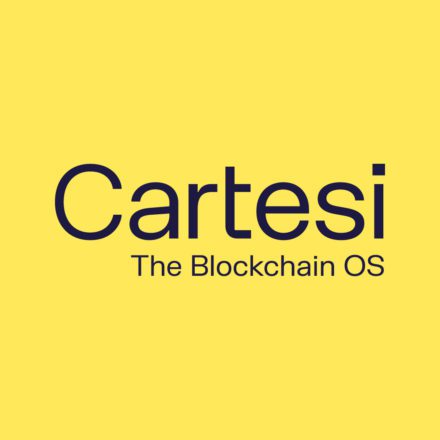Cartesi’s Rebranding Is Opening The Door To Blockchain, Mainstream And Decentralization
Cartesi's overall brand identity has been refreshed to match the company's new strategy and promise.

Share this article
Cartesi has led the push by blending a newer, more appealing style with a strong brandline: The Blockchain OS. Cartesi views the OS as a catalyst for empowerment, bringing blockchain possibilities to the public and paving the way for a better, fairer future. They’re inviting people to come into a new home – a progressive place that is welcoming, warm and hopefully inspiring to those that join. The new brand tag is, therefore, Home to what’s next.
With Cartesi it is Possible to Program Blockchain Applications on Linux
The new brand uses balanced colors – colder blues with warmer yellows. The logo and typefaces have been updated too to reflect a more accessible offering in this sector. Less cold, more warmth. The new photography style always focuses on interesting things happening on the inside, designed to intrigue and call out to those who might benefit from a new place to call home.
The Blockchain OS is bringing Linux to blockchain. In that sense, Cartesi is transferring an established operating system to blockchain. For the first time, it is possible to program blockchain applications on Linux, which is new and revolutionary, serving as a springboard for the next million developers to join the blockchain space. No developer could previously code with their current libraries, services, and software stacks on the blockchain. They had to watch blockchain evolve from afar, waiting for the right time to step in. This is their chance.
Erick de Moura, CEO Cartesi, explains why having an OS in blockchain is needed:
“Web 1 and Web 2 run entirely on operating systems like Windows and Linux. People develop applications for the internet and mobile on top of the real operating system. But then suddenly when we go from Web 2 to Web3 we don’t have a proper operating system. Developers are left with a much more primitive environment to develop their applications. They don’t have the languages, they don’t have the tools, they don’t have the components that have been evolving through the work of thousands of other developers throughout 30 years, and they have to reinvent the wheel from scratch. What we’re trying to do with Cartesi is to bring back a proper OS to Web3, to blockchain, and with that, really help to unlock these network effects that we are waiting to see.”
Diego Nehab, co-founder Cartesi stresses the open character of The Blockchain OS:
“What the OS, and blockchain movement in general, wants to bring is openness and to make sure that technology is not under the control of any authority – you don’t have to trust whoever is running the OS. We try to eliminate the barriers for the creativity of developers, so that a developer coming from the outside, filled with ideas of what they might want to do in Web 3.0.”
Cartesi’s rebranding is done centrally, but with the goal of becoming decentralized. Not only will The Blockchain OS be decentralized, the brand will also be decentralized and owned by the community over time. Nathalie Brähler, Head of Marketing at Cartesi is conducting research on that process:
“The next level is for people to co-own the project or firm, either via tokens, as seen in blockchain, or through new forms of stewardship and community ownership. We will witness a rise of decentralized brands, or ‘headless brands,’ with their own autonomy, produced by the contributions of various actors, in that slipstream.”
Cartesi’s brand library will eventually become available to the ecosystem, providing those who support The Blockchain OS with the means to tell their own stories in the identifiable style of Cartesi’s new visual language.
The Blockchain OS is a decentralized layer-2 infrastructure that supports Linux and mainstream software components. For the first time, developers can code scalable smart contracts with rich software tools, libraries, and the services they’re used to, bridging the gap between mainstream software and blockchain.
Cartesi is enabling millions of new startups and their developers to use The Blockchain OS and bring Linux applications on board. With a groundbreaking virtual machine, optimistic rollups, and side-chains, Cartesi paves the way for developers of all kinds, to build the next generation of blockchain apps.
Share this article
